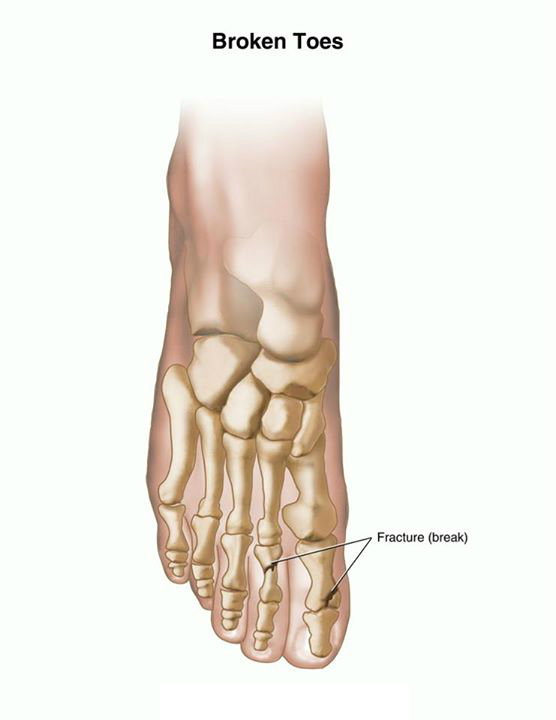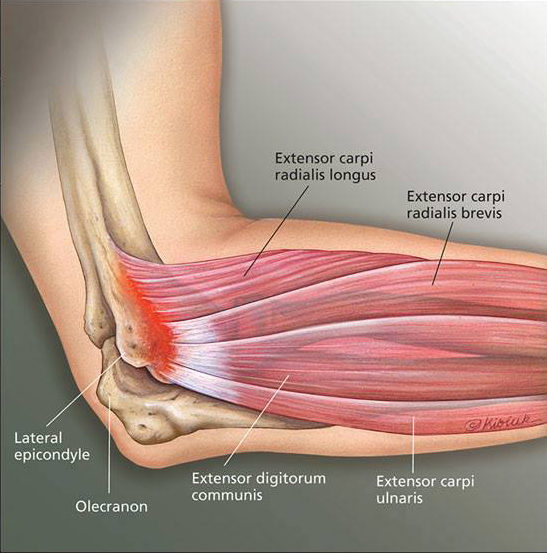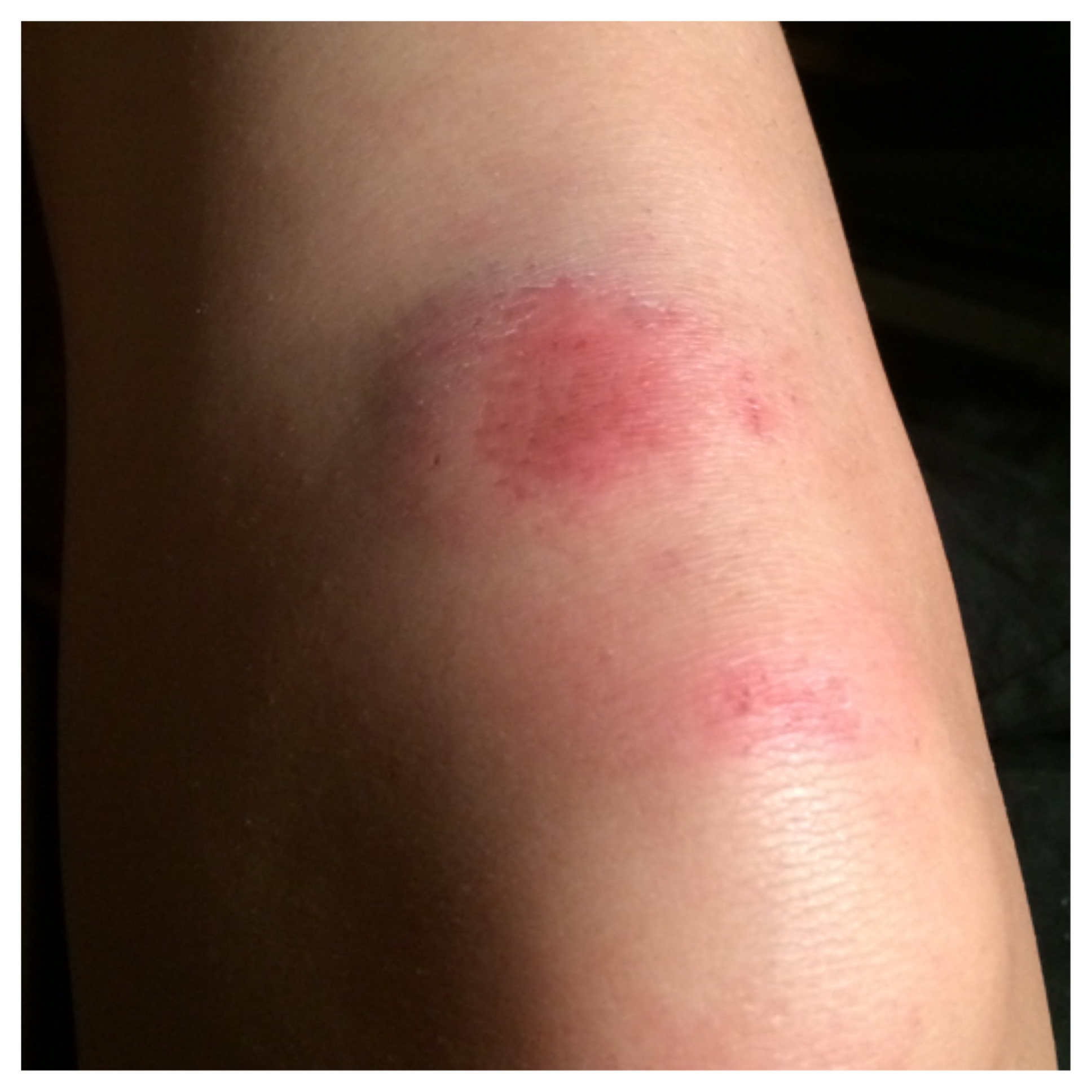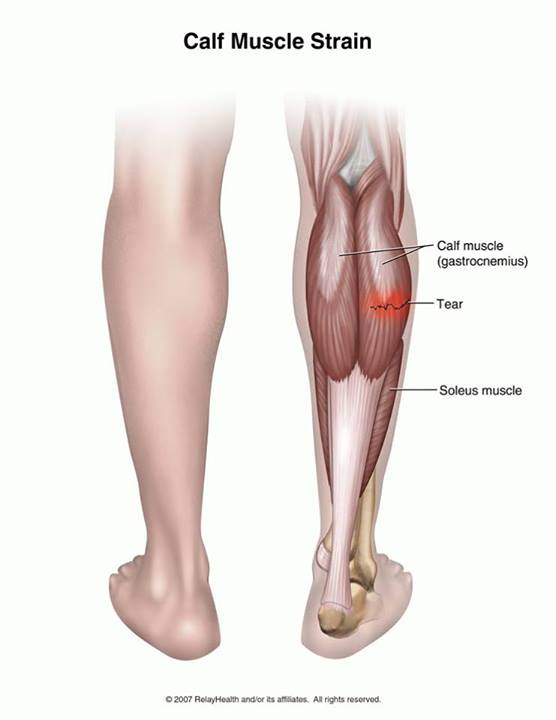Posterior Cruciate Ligament (PCL) Injury
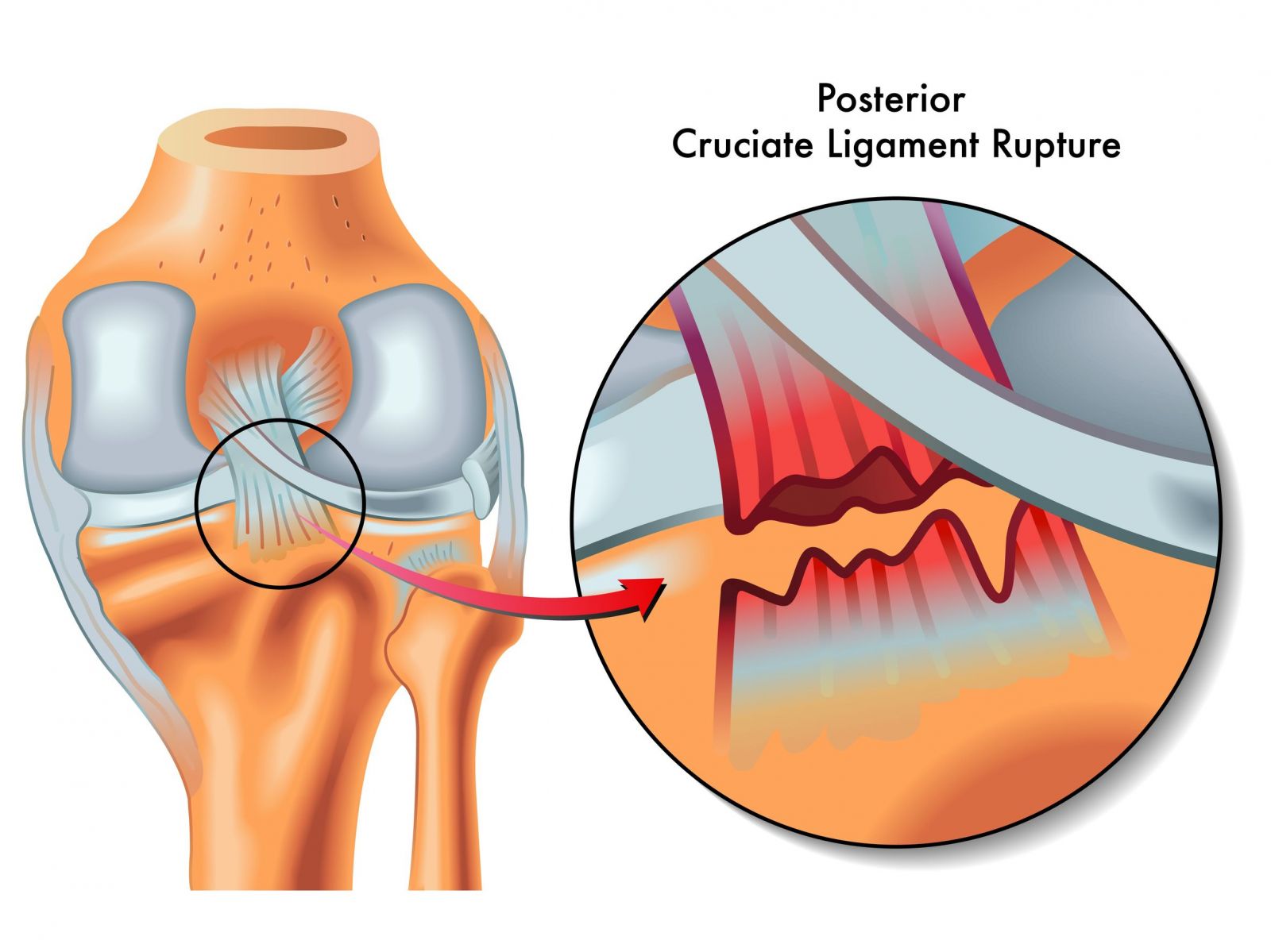
The posterior cruciate ligament (PCL) is a ligament within the knee. Ligaments are tough bands of tissue that connect bones.
The PCL similar to the anterior cruciate ligament (ACL) connects the thigh bone (femur) to your shin bone (tibia). Although it is larger and stronger than the ACL, the PCL can be torn.
PCL tears make up less than 20% of injuries to knee ligaments. Injuries that tear the PCL often damage some of the other ligaments or cartilage in the knee, as well. In some cases, the ligament can also break loose a piece of underlying bone.
Causes of PCL Injuries
PCL injuries are often due to a blow to the knee while it’s bent. Common causes include:
Striking the knee against the dashboard during an auto accident
Falling on the knee while it’s bent
Sports are a common cause of PCL injury. These injuries are especially common in:
- Football
- Soccer
- Baseball
- Skiing
An injury to the PCL can cause mild to severe damage. Doctors classify PCL injuries in these groups:
- Grade I: The PCL has a partial tear.
- Grade II: The ligament is partially torn and is looser than in Grade I.
- Grade III: The ligament is completely torn and the knee becomes unstable.
- Grade IV: The PCL is damaged along with another ligament in the knee.
PCL problems can be acute or chronic. Acute PCL problems are due to a sudden injury. Chronic PCL problems involve an injury that develops over time.
Symptoms of PCL Injury
Most people don’t feel or hear a “popping” sensation in the knee after a PCL injury. This is more common with an injury to the ACL.
After a PCL injury, people often think they only have a minor knee problem. They may try to go on with their usual activities. However, symptoms that can develop include:
- Swelling (mild to severe)
- Knee pain
- Wobbly sensation in the knee
- Trouble walking or bearing weight on the knee
Over time, a PCL tear can lead to osteoarthritis in the knee.
Diagnosing PCL Problems
To diagnose a PCL injury, a doctor may take these steps:
History
Your doctor will ask what you were doing when the injury occurred, such as traveling in a car or playing a sport. He or she will also ask:
If your knee was bent, straight, or twisted when it was injured
How your knee felt after the injury
If you’ve had any symptoms since you were injured
Physical examination
In a common test for PCL injuries, you lie on your back with your knee bent. Your doctor then examines your knee and presses against your upper shin. Abnormal knee movement during this test suggests a PCL injury.
You may also be checked with a device called an arthrometer. This presses against your leg to measure the ligament’s tightness.
Your doctor may also ask you to walk. An abnormal walking motion may point to a PCL injury.
Imaging
X-rays can provide information about a PCL injury. They can detect pieces of bone that may have broken loose from the injury.
Magnetic resonance imaging (MRI) is a common way to create images of a PCL tear. An MRI can find the exact location of a tear.
With chronic PCL injuries, a bone scan may be needed to look for damage to the bones.
Home Treatment of a Posterior Cruciate Ligament Injury
For initial treatment of a PCL injury, the approach known as PRICE may be helpful
This includes:
- Protecting the knee from further injury
- Resting the knee
- Icing the knee for short periods with cold packs
- Compressing the knee gently, such as with an elastic bandage
- Elevating the knee
A pain-relieving medication may also be needed for knee pain.
Nonsurgical Treatment of Posterior Cruciate Ligament Injury
You can recover from some posterior cruciate ligament injuries without surgery.
Cases that may not require surgery include:
Acute grade I or II injuries when no other knee ligaments are injured
Newly diagnosed chronic injuries that only affect the PCL and aren’t causing symptoms
Some people need to go through physical therapy after a PCL injury. This rehabilitation may be necessary with or without surgery.

